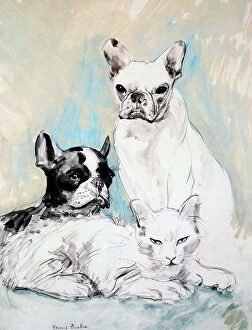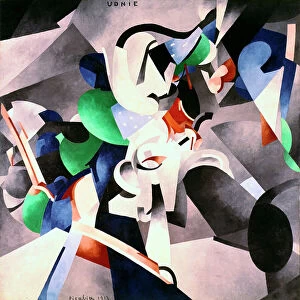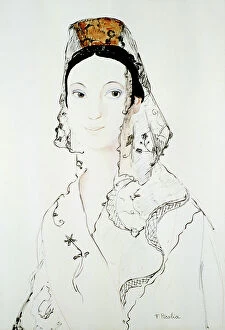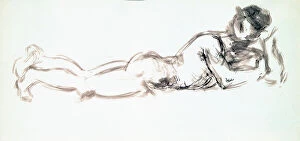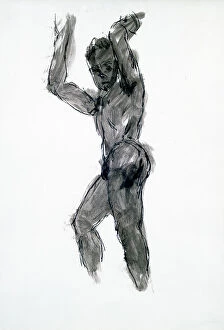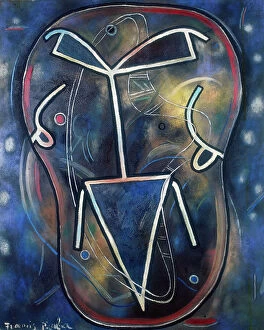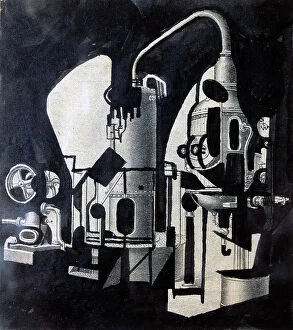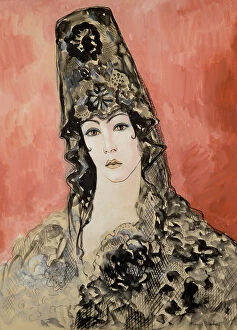Picabia Francis Collection
Picabia Francis was a revolutionary artist who constantly pushed the boundaries of traditional art
For sale as Licensed Images
Choose your image, Select your licence and Download the media
Picabia Francis was a revolutionary artist who constantly pushed the boundaries of traditional art. Known for his eclectic style and willingness to experiment with different mediums, Picabia's work often challenged societal norms and conventions. His bold use of color and abstract forms set him apart from his contemporaries, earning him a reputation as one of the most innovative artists of the 20th century. Throughout his career, Picabia dabbled in various art movements such as Dadaism and Surrealism, constantly reinventing himself and defying categorization. His playful approach to art-making reflected his irreverent attitude towards authority and tradition, making him a true maverick in the art world. Despite facing criticism from some quarters, Picabia remained steadfast in his commitment to pushing artistic boundaries and exploring new possibilities. His legacy continues to inspire artists today, reminding us that true creativity knows no bounds. In an era where conformity reigned supreme, Picabia Francis stood out as a beacon of individuality and innovation. His fearless pursuit of artistic freedom serves as a reminder that true greatness lies in daring to be different.

